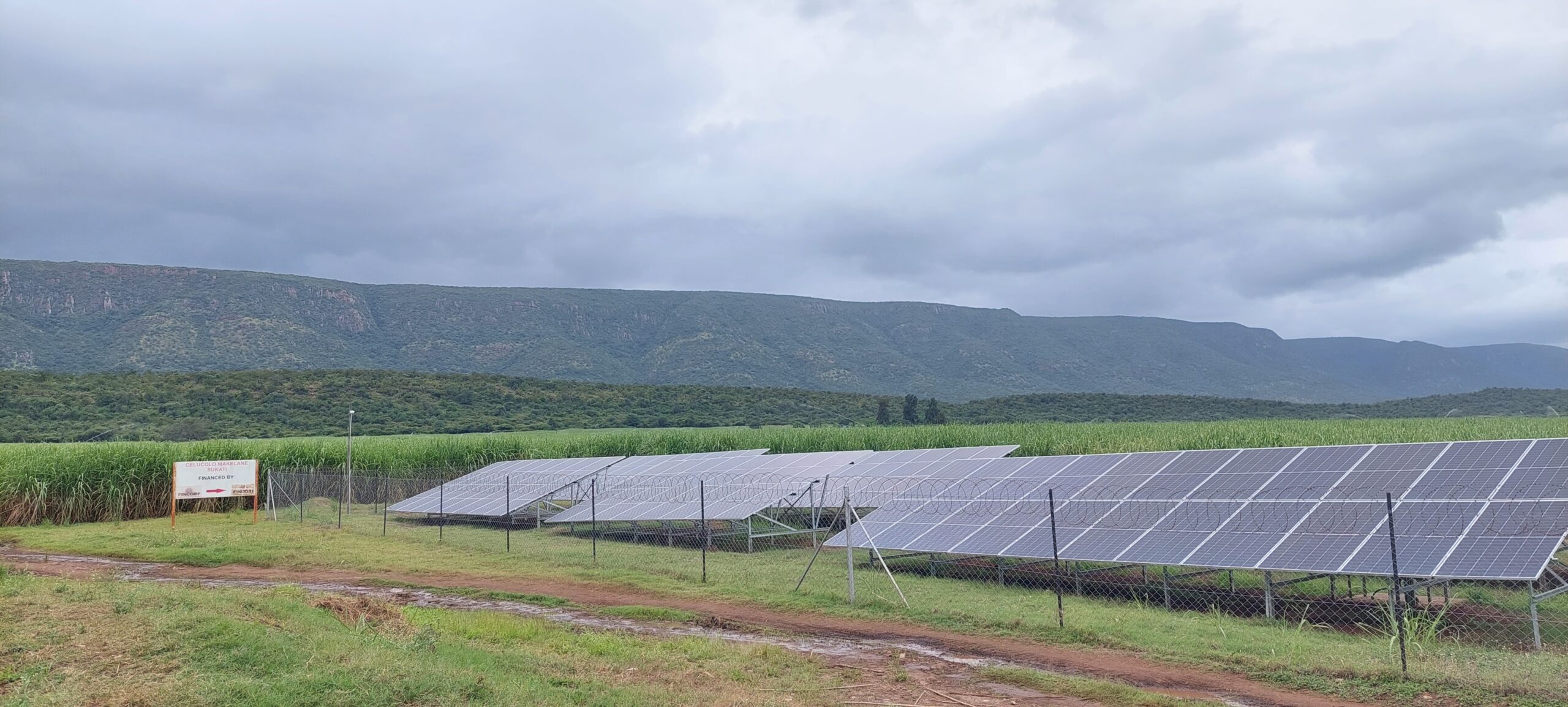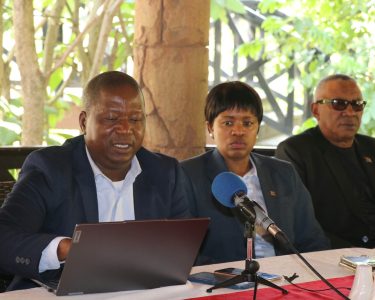
By Phephile Motau
The European Union has availed a grant of up to E16.3 million for a study on renewable energy and energy efficiency investments up to a combined capacity of 7.5MW.
The EU has made available this grant through the European Development Fund. The European Development Fund is the EU’s main instrument to finance development cooperation with African, Caribbean, and Pacific countries and overseas countries and territories, according to the EU website.
The EU, working with the Ministry of Economic Planning and Energy has since issued a call for proposals for the grant for Catalyser for Energy Transition in Eswatini.
According to the call for proposals, the global objective of this call for proposals is to contribute to inclusive economic growth and job creation and its specific objective is to boost the sustainable and inclusive development of the Eswatini key value chains via renewable energy and energy efficiency investments.
Rural Development
The document states that the key value chains under this action are the ones more important for rural development and trade under SADC-EU Economic Partnership Agreement, as well as their potential for sustainable and inclusive growth and job creation.
The value chains are not limited to the agricultural sector but also include the commercial and industrial sectors. The document states that the priorities) for this call for proposals are to undertake feasibility studies) for renewable energy and energy efficiency investments up to a combined capacity of 7.5MW.
According to the EU, the feasibility studies must include preliminary studies – to assess the potential of renewable energy at the site of a potential initiator of a business proposal; evaluate the various options available; report on potential feasibility.
Read More: Cane growers opt for solar energy as production costs skyrocket
This also includes an assessment of the existing electrical grid connection capacity and integration requirements; an assessment of the alternative solutions on socio-economic, environmental impact and constructability criteria and preparation of preliminary feasibility (costs, financial model, benefits, risks) of each proposed solution.
Feasibility Study
It also includes the development of a full technical feasibility study for the project, inclusive of detailed design and budget costing; a constructability plan, all required permitting and authorisations (environmental, grid connection and integration, land zoning, water use, etc).
The project also includes developing a full financial model for the proposed project with sufficient detail to enter into discussion with external investors to invest in the project.
The document states that the overall indicative amount made available under this call for proposals is E16.3 million (EUR 820 000) and that the contracting authority reserves the right not to award all available funds.
Any grant requested under the call for proposals must fall between a minimum amount of about E14.9 million ( EUR 750 000) and a maximum amount of about E16.3 million ( EUR 820 000).
The document states that the initial planned duration of an action may not be lower than 24 months nor exceed 48 months. According to the document, providing access to affordable, sustainable, and reliable energy as an enabler for economic development is a shared European priority towards its partners.
Sustainable Development Goal
It is said to be anchored at the global level by the inclusion of a dedicated Sustainable Development Goal (SDG 7) in the Agenda 2030 for Sustainable Development. At the European level, it is reflected in the European Parliament resolution on access to energy (2016), the European Consensus on Development (2017) and the Council Conclusion on Energy (2018), among others.
Read More: Ubombo Sugar MD on Energy efficiency, renewables, resilience
At the member states’ level, it is reflected via flagship initiatives contributing to achieving SDG7 in partner countries. The document further states that Eswatini’s energy master plan identifies the lack of security of electricity supply as the key challenge for the country’s energy system.
It states that the dependency on electricity imports is perceived as a great risk for continually escalating tariffs for end-users. Meanwhile, falling technology costs have made domestic renewable energy increasingly competitive, and domestic sources such as bagasse for co-generation from the sugar industry, solar photovoltaic (PV), wind and small hydropower could meet the country’s electricity demand.
The EU stated that on the other hand, the existing interconnections with Mozambique and South Africa can sustainably balance and maintain electricity trade with neighbouring countries.
Electricity Imports
The document further states that the government’s master plan for Eswatini aims at decreasing the dependency on electricity imports to less than 10 per cent and to increase the share to 70 per cent of renewable energy in the electricity system by 2034.
Pursuing and developing renewable energy projects makes business sense for the country and investors as renewables will be the driving force of Eswatini’s energy transformation while permitting affordable energy, enabling universal access to modern energy, increasing energy security and diversifying the energy supply.
Read More: Mozambique prioritises regional energy security at Spring Meetings
The document gives an example of the agricultural sector where it is said smallholder sugar cane and horticultural farmers are dependent on power for their productivity (mainly irrigation). In the past five years, electricity costs doubled, accounting for 30 per cent of farmers’ costs.
Investing for example in energy efficiency measures, renewable captive power, as well as off-grid solar or productive use solutions can improve the viability of such smallholder farmers. However, feeding power generated onsite into the grid is not (yet) allowed, jeopardising the business case of captive power systems. The deadline for the applications for the grant is July 10.






